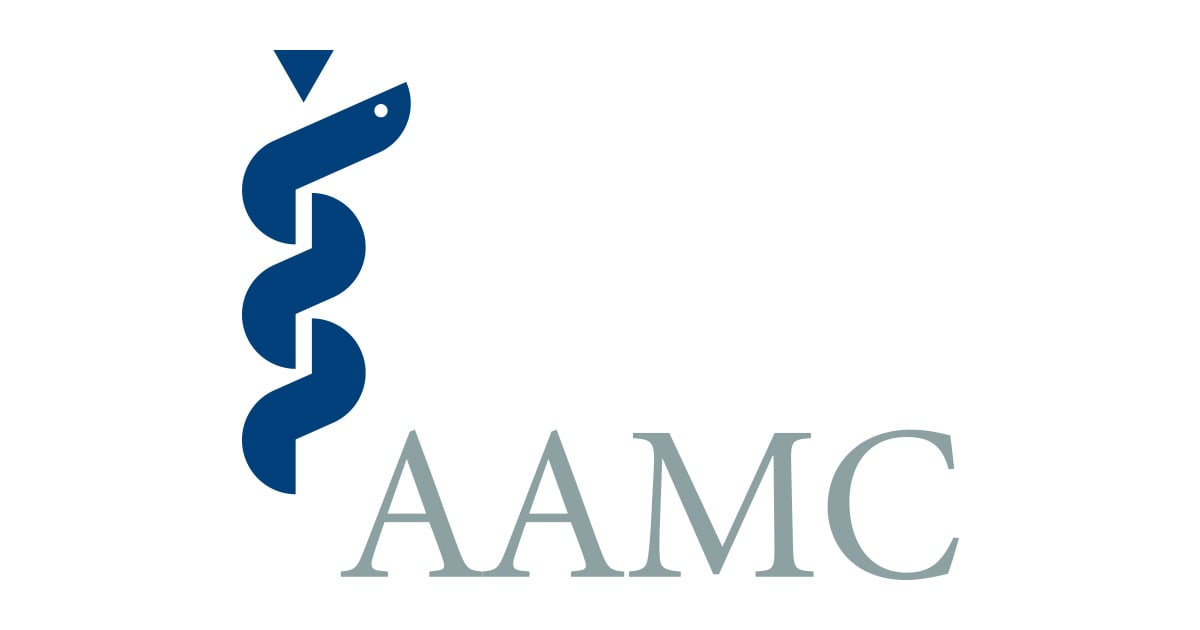Last Updated on June 24, 2022 by Laura Turner
Medical school admissions committees look at many different factors that go beyond your grades and test scores when evaluating your readiness for success in their programs; specifically, a set of core competencies that have been identified as important for entering medical students to possess and demonstrate. One of the biggest misconceptions about the core competencies is that you need to demonstrate all 15 competencies in 15 different ways. Instead, one experience can represent your proficiency across multiple competency areas, and one competency can be demonstrated in countless ways.
Let’s look at one competency: Service Orientation
From volunteering in a soup kitchen to mentoring students, there are many ways to express your dedication to serving others. Service orientation is when an applicant demonstrates a desire to help others and is sensitive to others’ needs and feelings; has a desire to alleviate others’ distress; recognizes and acts on his/her responsibilities to society; locally, nationally, and globally.
Here are four examples of ways real medical students included service orientation on their applications:
- Courtney demonstrated service orientation through her nursing experience and medical volunteer trips.
- Hannah showed her service orientation through her experience as a Special Olympics softball coach and as a hospital volunteer.
- Laura founded a UNICEF Campus Initiative Group at her university, participated in geriatric rotations in high school, and did community service work with children to demonstrate her service orientation.
- Fiora’s time in the military as well as her extensive and sustained volunteer experience evinced her service orientation.
While these applicants were all able to demonstrate service orientation through their actions, each of these experiences connected to other competency areas, as well. For example, Courtney’s nursing experience also demonstrated her ethical responsibility to herself and others, her critical thinking, and the living systems competency. Hannah’s work coaching for the Special Olympics also demonstrated her social skills, teamwork, cultural competence, and oral communication. Laura’s efforts with the UNICEF Campus Initiative Group at her university emphasized her cultural competence and ethnical responsibility to herself and others. Fiora’s military experience also showed her teamwork and reliability and dependability competencies.
When figuring out which competency areas to focus on, many students recommend letting your interests guide your experiences organically. While she was putting together her medical school application, for example, Laura realized that her research and her community service work both centered around the same main themes of children and education. She said that when “you do things innately, not just to check off boxes, it all comes together and presents a picture of who you are.”
Her admissions team agreed, saying that Laura’s experiences were what advanced her application to the next stage. “Laura’s experiences … were pivotal to presenting a well-rounded picture of Laura, her passion and motivation for medicine, and that she understood how she could positively impact those around her.”
To help illustrate how real students have demonstrated competencies on their applications, check out Anatomy of an Applicant where you can review competency definitions, learn about specific ways that each student demonstrated a range of competencies on their application, and complete a workbook to figure out what competencies you are currently demonstrating and make a plan for which ones you want to develop, and how.


